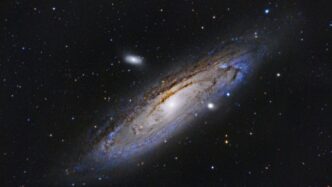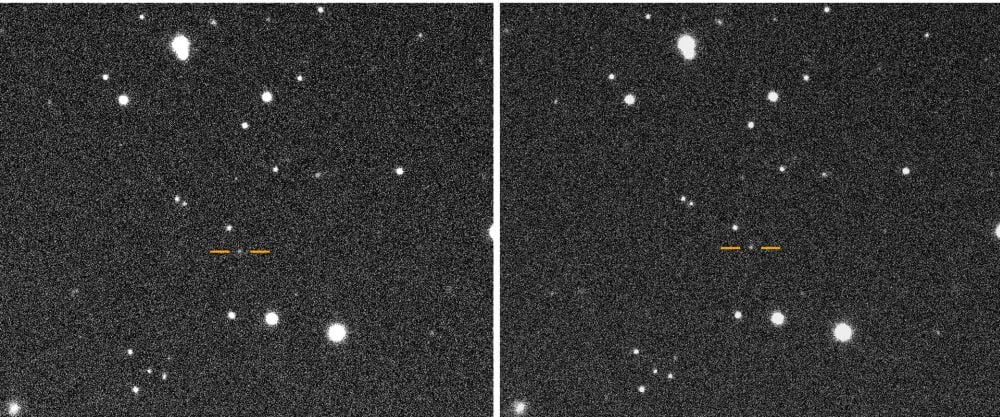Recent advances in astronomy have unveiled a series of astonishing discoveries that deepen our understanding of the universe. Notable findings include a mysterious object with a mass equivalent to one million suns, new insights into black holes, and evidence suggesting the potential for life on distant worlds. These revelations highlight ongoing efforts to unravel cosmic mysteries and redefine our knowledge of the universe.
Uncovering Cosmic Enigmas
Astronomers have recently identified an object in deep space with a mass equivalent to one million suns. This enigmatic entity does not conform to the characteristics of known celestial bodies, presenting challenges to our understanding of massive object formation. Researchers are actively investigating its origins and properties, as it represents a significant puzzle in the realm of astrophysics.
In a separate breakthrough, scientists have discovered a hidden power source within a supermassive black hole. This finding indicates that such black holes are not merely passive entities consuming matter, but may also generate energy in unexpected ways. This new understanding could transform our perspective on the engines that drive some of the universe’s most energetic phenomena.
Another striking revelation comes from studies of the Moon’s far side. Researchers suggest that this region may harbor unusual geological features and a distinct composition compared to the Moon’s near side. This discovery prompts further investigation into the Moon’s geological history and the processes that shaped it.
New Perspectives on Dark Matter and Stellar Phenomena
The quest to comprehend dark matter, the invisible substance that constitutes a significant portion of the universe, is advancing. Recent breakthroughs in particle physics and astronomical observations have provided new insights into potential candidates for dark matter, as scientists analyze subtle cosmic fingerprints. This ongoing research may eventually lead to a clearer understanding of this elusive component of our universe.
The James Webb Space Telescope has also made headlines by capturing evidence of an atmosphere around a planet within the habitable zone of its star. This finding suggests the possibility of life beyond Earth, emphasizing the importance of identifying exoplanets that possess atmospheres conducive to supporting life.
Meanwhile, the Hubble Space Telescope continues to contribute to our knowledge of cosmic structures. It recently captured a breathtaking image of a galaxy glowing in shades of blue and gold, revealing a dynamic environment where new stars are born. Additionally, Hubble observed a hybrid galaxy with a turbulent past, providing insights into the violent interactions that can occur between galaxies.
In a remarkable display of cosmic drama, astronomers witnessed a star being torn apart by a black hole. This event produced two significant bursts of light, allowing researchers to study the interactions between black holes and stars in unprecedented detail.
Research into planetary bodies within our solar system has also yielded intriguing findings. The Perseverance rover on Mars has uncovered evidence suggesting that the planet once possessed conditions suitable for microbial life. The rover’s ongoing analysis of Martian rocks and soil may lead to the discovery of ancient ecosystems, enhancing our understanding of the planet’s history.
Furthermore, Saturn’s icy moon Enceladus has revealed more organic molecules, hinting at the potential for life in its subsurface ocean. These discoveries underscore the significance of ongoing exploration and analysis of celestial bodies within our solar system.
As astronomers continue to unravel the mysteries of the universe, these discoveries remind us of the boundless possibilities that lie beyond our planet. Ongoing research efforts, driven by advanced technologies like the James Webb Space Telescope and Hubble Space Telescope, promise to unveil even more astonishing revelations in the future. The journey to understand our universe continues, offering glimpses into phenomena that challenge our current knowledge and inspire awe about the cosmos.







